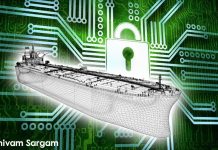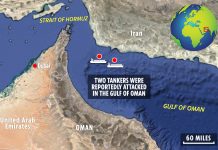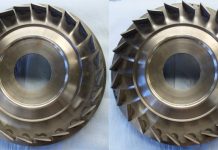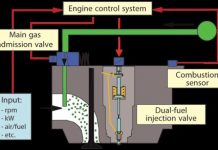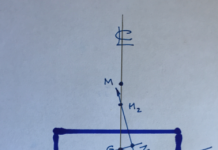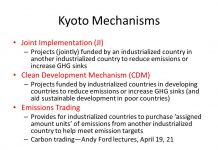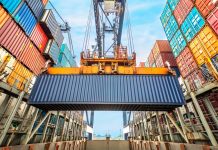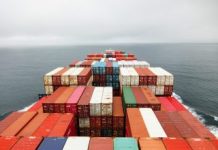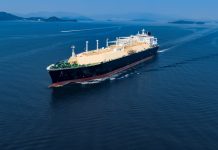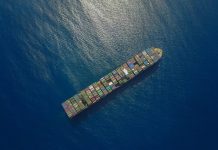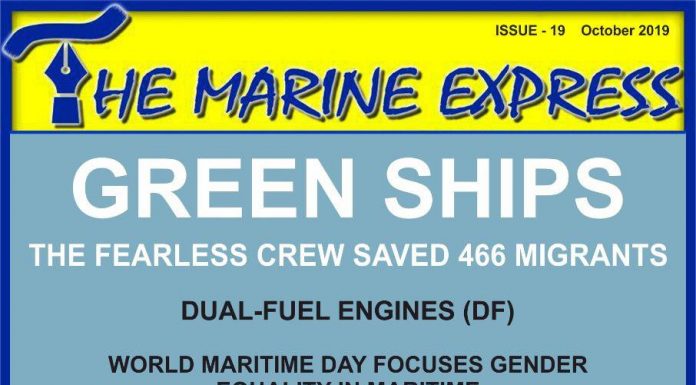Batteries are a zero-emission power solution for smaller vessels that operate with short duty cycles, for example, small passenger ferries and lake service boats. However, lower power density and greater weight limit the usage of batteries for many applications.
For marine vessels, fuel cells are the only viable, true zero-emission option. Just like batteries, fuel cells produce electricity with high efficiency through an electro-chemical process. The difference is, with a fuel cell, energy is stored separately in the form of hydrogen fuel.
As long as fuel is available, the fuel cell power systems will produce electricity as a generator. The only emissions from a fuel cell are water vapour and heat.
Additionally, hydrogen fuel can be produced from renewable sources, including solar, wind, hydroelectric, and geothermal energy. And the cost of renewable hydrogen continues to fall every year—especially as large scale production projects are starting to emerge in Europe, Australia, and Chile.
When fueled by renewable hydrogen, a fuel cell power system is a true well-to-wake zero-emission power source.
Hybrid battery/fuel cell solutions are likely for the first marine applications. Making the transition to a new energy source is a major undertaking. In the case of fuel cells for marine vessels, the hurdles are in the refuelling infrastructure, and hydrogen availability in ports.
Before operators can power their vessels using fuel cells, hydrogen supply and fueling infrastructure need to be further developed. In the nearer timeframe, hybrid battery/fuel cell applications are viable. They require less fuel and still meet the zero-emission objective. These applications are:
- Powering smaller vessels, such as ferries and river vessels
- Powering auxiliary loads on larger vessels, such as cruise ships, where the auxiliary power demands are high
- Providing shore power to docked vessels
KEY BENEFITS OF USING FUEL CELLS FOR MARINE APPLICATIONS
- Modular power systems are adaptable for many load requirements
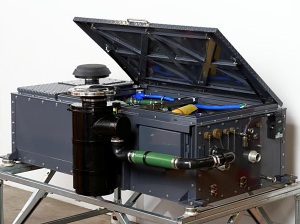
100kW Marine fuel cell module
Ballard PEM (proton exchange membrane) fuel cells are modular. They can be used in various combinations in parallel to provide the power and redundancy needed by a vessel, from 100kW to 1MW or more.
- DC power is compatible with electric architectures
Ballard PEM fuel cells are a source of substantial DC power that’s compatible with battery hybrid electric architectures.
They can be deployed in parallel, dispatchable configurations to meet the variable power requirements of:
- hybrid electric propulsion, and
- auxiliary power systems.
- Fuel cell systems have flexible configuration
In a fuel cell system, the power generation and fuel storage elements are separate, which offers the ship architect more flexibility than batteries.
Ballard’s fuel cell power system has flexible configuration that will adapt to vessel space constraints. It can be broken down into several modules, positioned at different locations.
Additionally, Ballard’s experts can evaluate the duty cycles of any size or type of marine vessel. They can develop a viable, practical solution by determining the optimum:
- hybrid architecture
- fuel cell power
- turn down requirements
- fuel storage requirements, and
- Estimated fuel consumption.


